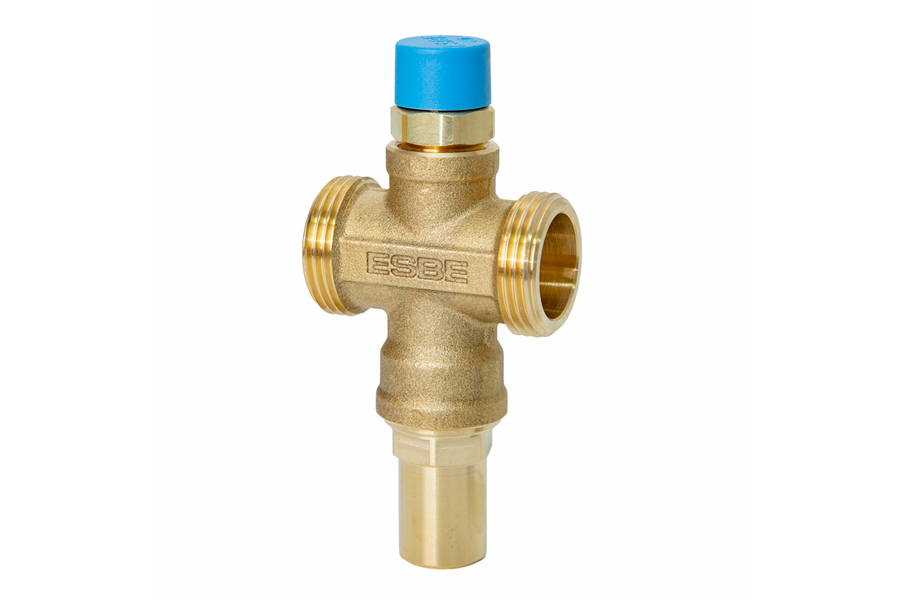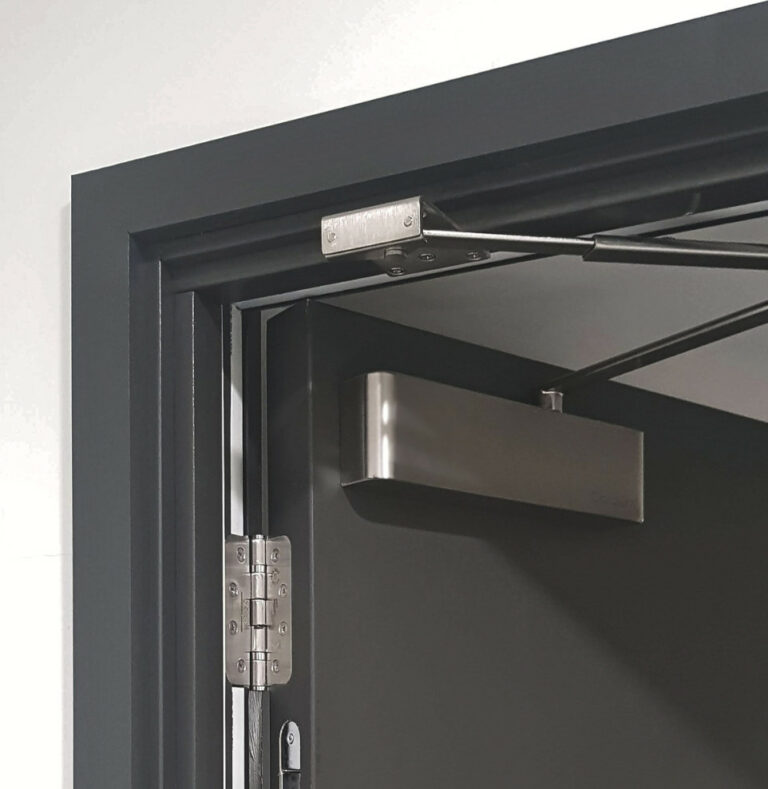The downturn in the UK manufacturing sector continued at the start of the second quarter.
April saw output and new orders contract, with companies reporting that client destocking and efforts to cut costs had contributed to the downshift in demand.
The seasonally adjusted S&P Global / CIPS UK Manufacturing Purchasing Managers’ Index (PMI) ticked down to a three-month low of 47.8 in April, from 47.9 in March but above the earlier flash estimate of 46.6.
All five of the PMI components signalled a deterioration in operating conditions. Output, new orders, employment and stocks of purchases all contracted and vendor lead times improved (a sign of weaker demand for inputs hurting suppliers).

Manufacturing production fell for the second month in a row during April. That said, the rate of contraction remained mild and was slightly less marked than in the prior survey month. Output rose in the investment goods sector, but fell at consumer and intermediate goods producers.
Companies reported that output was scaled back due to reduced intakes of new work from both domestic and overseas clients. Total new order inflows decreased at the quickest pace in three months in April, after rising for the first time in almost a year during March.
There was mention of increased client uncertainty, customer destocking and efforts to control costs all contributing to the drop in new work placed. Softer demand from the US, China and mainland Europe meanwhile led to a decrease in new business from overseas.
New export orders contracted for the fifteenth consecutive month, with the rate of decline gathering momentum. Data broken down by sector provided a more varied picture, however. Consumer and intermediate goods producers saw further declines in new export work, whereas the investment goods sector saw growth hit a 20-month high.
April saw further job losses at UK manufacturers. Employment fell for the seventh month in a row, albeit at the weakest pace during that sequence. The reduction to headcounts was focussed on medium- and large-sized companies. In contrast, small-scale producers raised employment for the fourth successive month. Although current conditions remained subdued, manufacturers maintained a positive outlook in April.
Optimism rose to a 14-month high, with over 61% of companies reporting that they expect output to rise during the coming year. Positive sentiment reflected investment spending, new product launches, forecasts of improved market conditions and organic growth plans. There was also positive new for manufacturers on the price and supply fronts. Rates of increase in average input costs and output charges both eased in April, falling to 35- and 28-month lows respectively.
Companies linked slower cost increases to reduced supply chain pressure, improved material availability, declining shipping rates and weaker demand for inputs. Vendor delivery times shortened for the third successive month in April, in a further sign of supply chain pressures easing following the severe disruptions experienced over much of the prior three years. There was mention of improved material availability, better stock levels at suppliers and signs of vendors working through backlogs and bottlenecks.
Reduced demand for raw materials also contributed to the shortening of delivery times. April saw input buying volumes at UK manufacturers decline for the tenth month running. Purchasing activity was cut back in response to lower production requirements and efforts to trim excess stock holdings. Inventories of both inputs and finished goods fell during the latest survey month.
Rob Dobson, Director at S&P Global Market Intelligence, said: “The UK manufacturing sector remained in the doldrums at the start of the second quarter. Output and new orders contracted, as manufacturers felt the impacts of client uncertainty, destocking and tightening cost controls. There was no escape from the subdued mood of the market, with both domestic and export customers remaining reticent to commit to new contracts.
“There was better news on supply chains, as supplier lead times have now shortened in each of the past three months, providing welcome news in terms of improved resource availability and helping drive down raw material price pressures.
"Better-running supply chains have helped manufacturers reduce backlogs of orders, accumulated in prior months amid component shortages. But the concern is that these backlogs are being depleted, leaving firms with less work in hand. There may be some light on the horizon, as manufacturers remain stoically optimistic about the outlook for the year ahead. Over 60% of firms expect to expand production over the next 12 months. But demand will need to pick up in the months ahead to warrant any increase in production, and with the UK seeing stubbornly high domestic inflation coupled with a worsening export trend, risks seem skewed to the downside.”
Dr John Glen, Chief Economist at the Chartered Institute of Procurement & Supply, said: “A further contraction in UK manufacturing in April makes for gloomy reading, but there is a silver lining in the fact that falling demand led to an easing of both supply and inflationary pressures on the sector.
“The overall downturn was driven by subdued market sentiment and client cost cutting, with consumer and intermediate goods producers hardest hit. Falling exports demonstrated diminishing demand from EU, US and China for UK manufacturing in response to ongoing Brexit and trade-related costs. The investment goods sector was the only notable bright spot, with export order growth hitting a 20-month high.
“The lull in manufacturing activity did provide breathing space for supply bottlenecks to work their way out of the system, with improved material availability and shorter delivery times being reported. While there is still uncertainty about the future and potential for further geopolitical instability to destabilise trade flows, there is hope that we are coming to the end of the significant supply chain disruption which has gripped the sector for the last three years.”




















